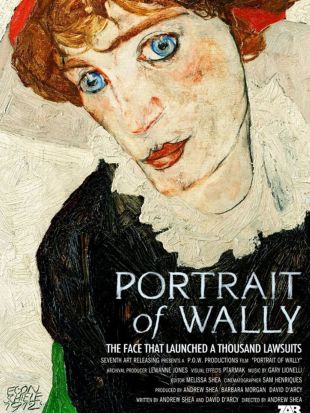One of the decades-long mainstays of the CBS news magazine 60 Minutes, Canadian broadcast journalist Morley Safer single-handedly altered the face of live and pre-taped correspondence. In particular, Safer's 1965 piece on American escalation in Vietnam (with its indelible image of Cam Ne blazing to the ground at the hand of U.S. Marines) is credited with doing much to turn the tide of public opinion against that miscalculated conflict. This and other similar efforts virtually established Safer as a household name.
Born in Toronto, Ontario, Safer attended Harbord Collegiate Institute and the University of Western Ontario as a young man, and quickly launched his reporting career, first in traditional print journalism for several English and Canadian newspapers and wire services, then in broadcasting, as a correspondent for the CBC. Following a stint at the London CBS bureau, Safer traveled to Vietnam to open up the CBS Saigon office (1965) and received a promotion to CBS London bureau chief in 1967 -- a position from which he covered Africa, Asia, and the Middle East. Safer joined the weekly anchorage of 60 Minutes in December 1970, following the departure of Harry Reasoner, and the program's producers appointed him as the premier documentary reporter. Over the following decades, Safer helped bring numerous unforgettable accounts into the nation's homes, via that series.
In addition to his broadcast work, Safer appeared as an interviewee in the 1981 documentary Vietnam: Chronicle of a War. He also joined many of his 60 Minutes colleagues for amusing cameos on a 1993 episode of the Diane English/Candice Bergen series Murphy Brown, "All the Life That's Fit to Print."
Safer continued to work for CBS and 60 Minutes up until 2016; he filed his last report in March of that year and passed away in May, at age 84.



